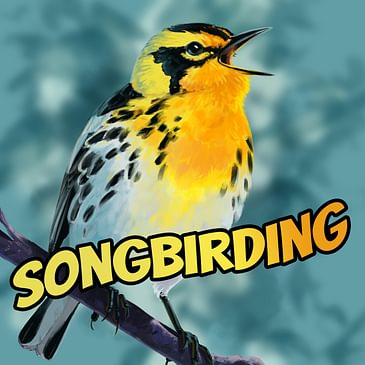Eastern Chipmunk, Scarlet Tanager, and Red-eyed Vireo are featured in the last half of this introductory hike to Hickory Creek.
eBird Checklist for the outing this was recorded during: https://ebird.org/checklist/S115878656
Download Merlin Bird ID today: https://merlin.allaboutbirds.org/
Credits
Songbirding: The Allegheny National Forest is a Songbirding Studios production.
Recorded, engineered, narrated and created by Rob Porter.
The Songbirding cover art (Blackburnian Warbler) is by Lauren Helton: https://tinylongwing.carbonmade.com/projects/5344062
Creative Commons music is from Jason Shaw.
Learn how to support the show at https://songbirding.com/support
Support Songbirding: A Birding-by-ear Podcast by contributing to their tip jar: https://tips.pinecast.com/jar/songbirding
This podcast is powered by Pinecast. Try Pinecast for free, forever, no credit card required. If you decide to upgrade, use coupon code r-da20d0 for 40% off for 4 months, and support Songbirding: A Birding-by-ear Podcast.



